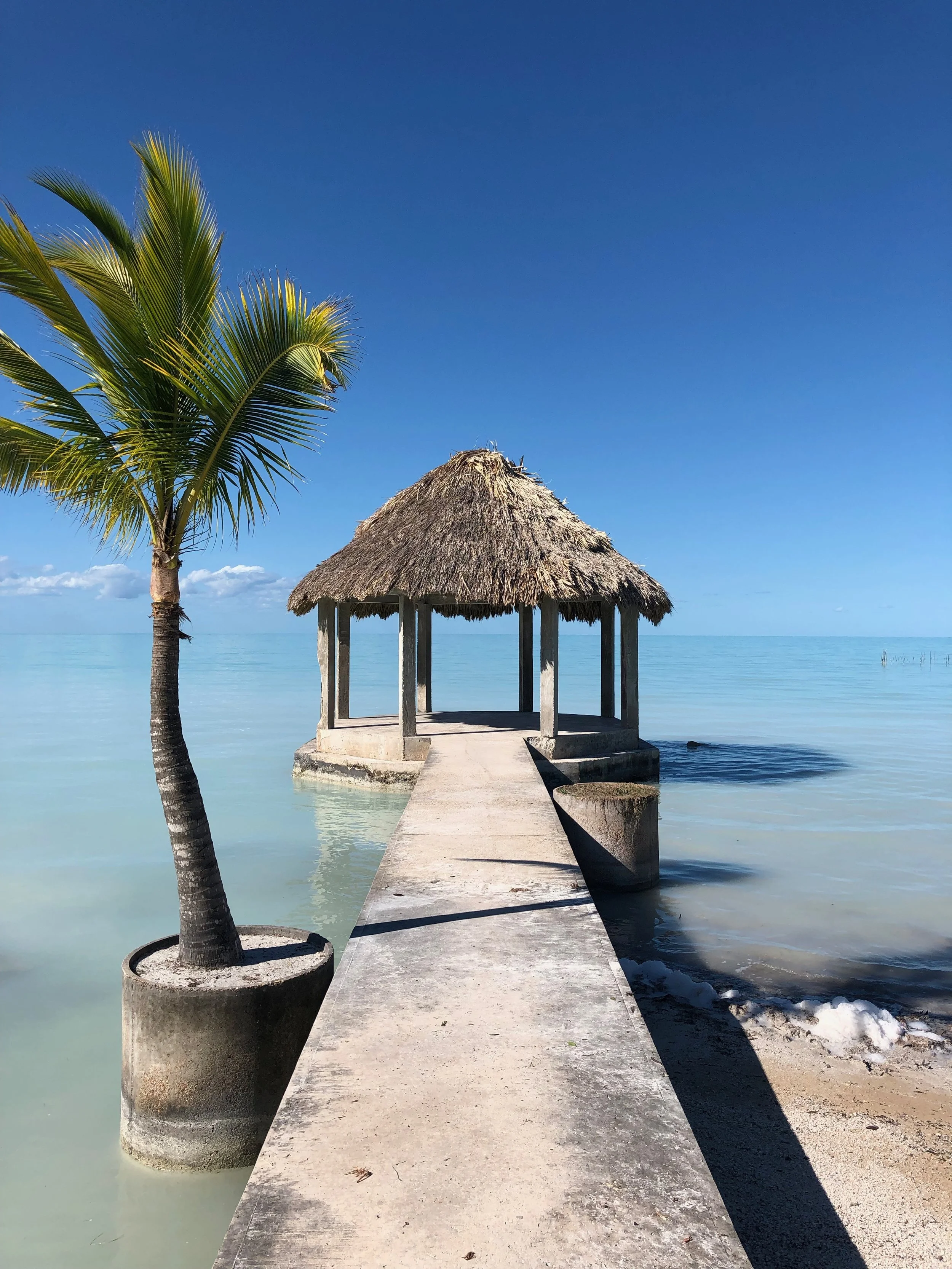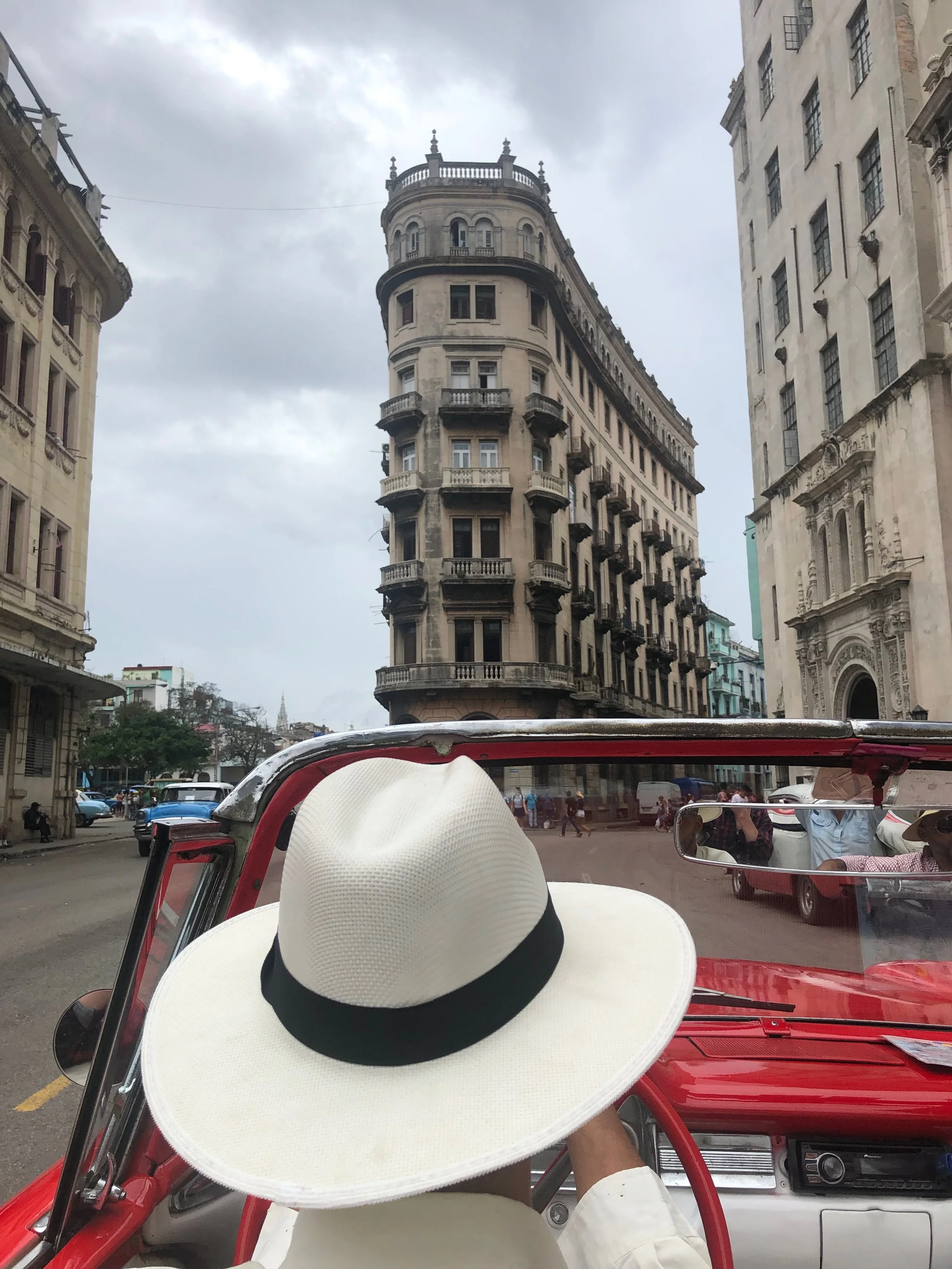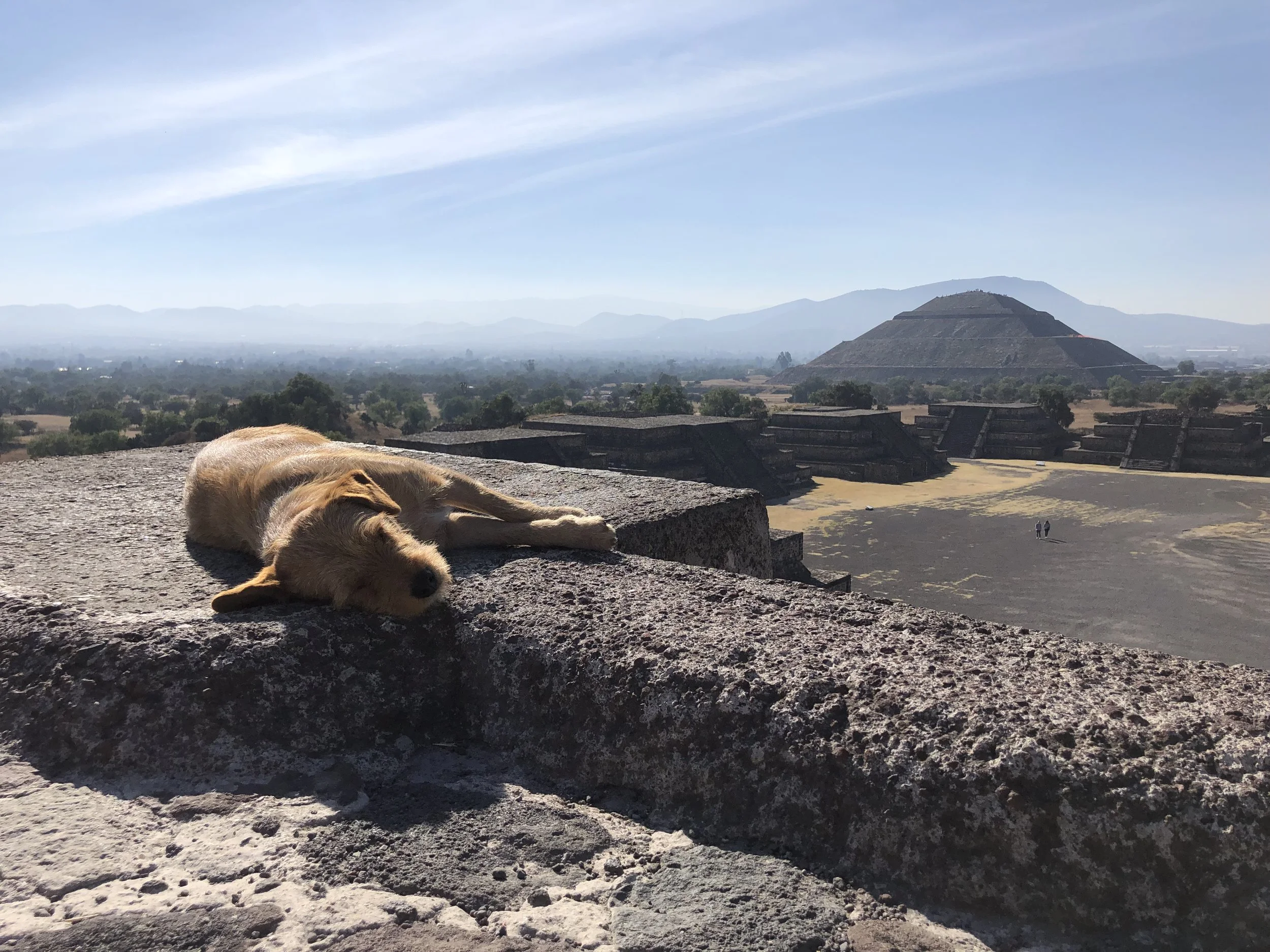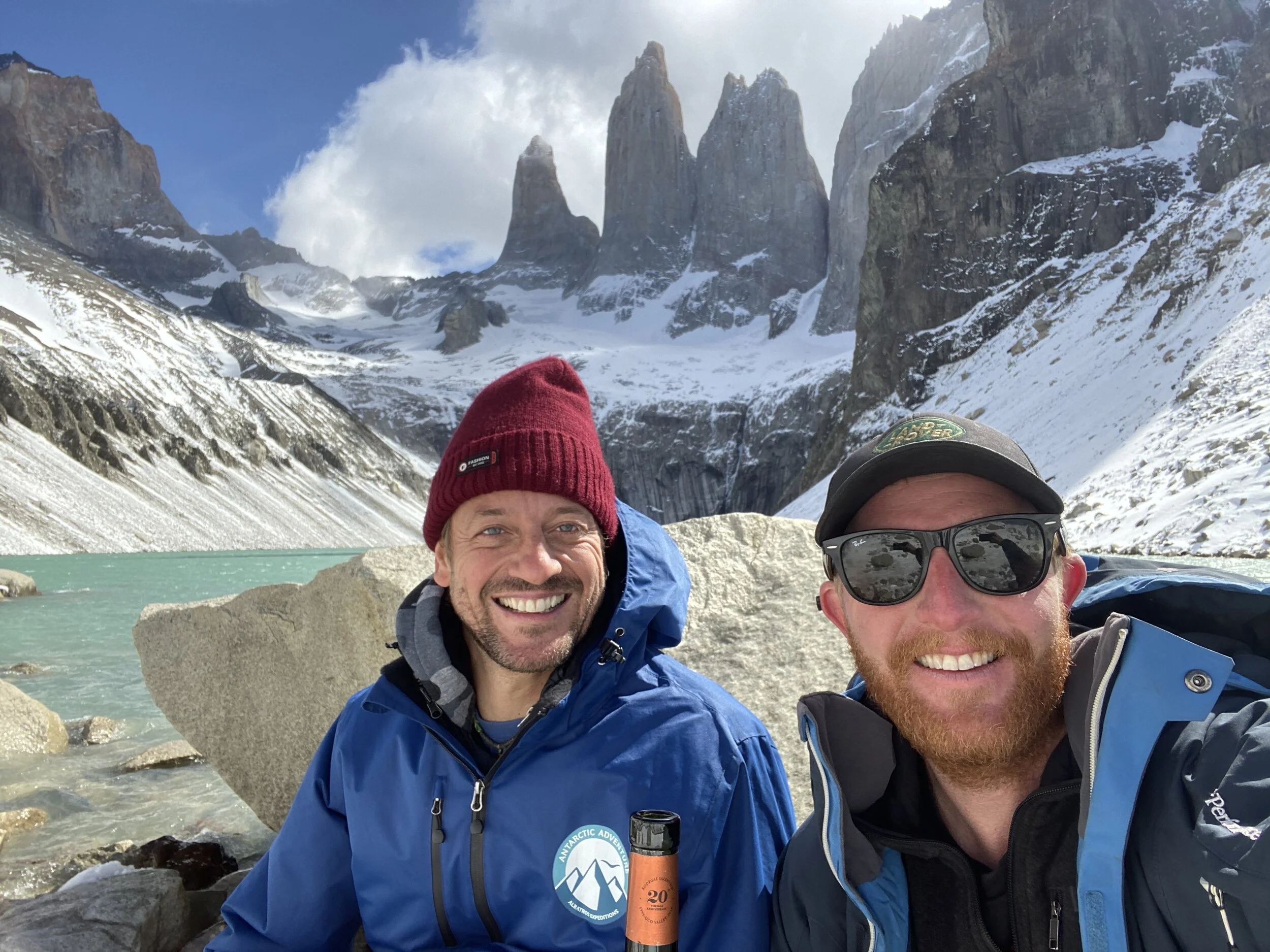Belize
January 28 – January 31 2019
As I write this, I’m sitting in a quiet hostel in Palomino in Colombia. Since Belize, I’ve traveled through Guatemala, Honduras, Nicaragua, Costa Rica, Panama and crossed the Darien Gap via boat into Colombia. Clearly keeping up with these posts isn’t something I’m managing well. My initial hope had been to write a post within a week of leaving each country while it’s fresh in my mind. But it’s hard to prioritise stopping to write as well as searching for a good internet connection to upload (much harder than I imagined). And it would seem that I’m nearly never alone thanks to my constant series of backpacker hitchhikers so fun and new adventures always win over writing. Thankfully I’ve been diligent in noting what I do and think each day in a journal so it’s possible to resuscitate the memories.
Lamanai ruins
Our time in Belize was shaped by an interaction we had in Bacalar, Mexico a couple nights before entering the country. Hadyn and I met a Canadian backpacker while enjoying some cheap tacos in the small town centre and we chatted, as all backpackers do, about our routes and past experiences. She shared with us that her intention had been to spend a whole month in Belize but had left after less than a week as she hadn’t enjoyed the country at all. So we determined that we would keep our time in Belize to a minimum and trade the time for more days in Guatemala.
The other factor that shaped my Belize experience is something that has been a recurring constraint in my travels. By car, the simple fact is that it is difficult to visit islands. It means that you either take a car ferry (no big deal but not usually an option) or try to find a secure place to park for the time you’re on the island and then try to enjoy island time but really you’re always wondering if someone is going to notice your unattended car and break in or steal it.
For years I had dreamed of Belize and scuba diving the Great Blue Hole (Google it, the aerial images are unreal). But between the above issue with the car and that Hadyn isn’t a certified diver, we opted for a quick journey through the country.
Sarteneja
Entering Belize was a relatively simple affair and representative of many subsequent border crossings. It takes about 10 minutes to process the people across the border and about two hours to process the car. Each new country requires a Temporary Import Permit to be issued by the country you’re entering and for the exiting country to acknowledge that you’re leaving. It invariably involves many photocopies of documents (multiple pages of your passport, driver’s license and car title), usually an import fee (average of US$20), often a fumigation and associated fee (average of US$3), usually third party insurance and ALWAYS a complex pathway of going back and forth between many different people to tick all the boxes of an overly convoluted process.
It also often involves ‘fixers’ who offer their services to hold your hand through the import process. They can be honest, helpful and cheap (US$10) or dishonest crooks who try to extort you for hundreds of dollars and rely on the opacity of these complex processes to make claims like “you’ll be here for hours in line with the many trucks waiting for a vehicle scan if you don’t bribe the police doing the inspections”.
Thankfully Belize was a simple affair with no fixers and took the standard two hours to enter the country. At the border we also met a handful of strange cultish Christian looking types who I learned were Mennonites and were common in Belize.
Had a lovely experience within the first few minutes of entering the country when the insurance agents selling the compulsory insurance were absolutely lovely and interesting people who wanted to learn all about Australia and insisted we instantly become Facebook friends. I gave them some kangaroo pins which I typically reserve to ingratiate myself with police in situations necessitating a bribe.
The lovely insurance people at the Belize insurance agency
Our first stop was to be Sarteneja, a small and isolated fishing village on the North East coast of the country. The drive there was largely dirt roads and involved river crossings on hand-cranked car ferries – quite the novelty and gave us an immediate feel for how undeveloped the country was.
Sarteneja itself was a tiny village with barely a few restaurants, no petrol station and one tiny convenience store. Arriving there were learned all the bars and restaurants were closed until early evening so we did three laps of the town looking for off-road trails to drive and an ideal spot to camp that night.
With hours to kill, we did what any good Australia would do - we pulled up on the beach and cracked a few beers. The water was stunning and the light blue colours blended into the horizon such that you could barely tell where the ocean stopped and the sky began.
The day was uneventful. A quiet dinner with cocktails, drove ourselves to the nicest beach spot we could find, flipped the rooftop tent and then Hadyn and I got cozy for the night together sharing the bed. Being a queen size, it was actually a lot more comfortable than I expected.
Beach front of Sarteneja
With nothing else to do, we sat by the water and drank beer. Tough life. And yes, I’m a tragic Packers fan
The next day was focused on seeing the Lamanai ruins. The roads were somewhere between shitty and horrendous. Knowing that I need this car to make it another 20,000km to Ushuaia, you feel every bump and wonder about the micro-fractures in the metal of the suspension and how long it will all hold together. And then I remind myself how thankful I am that I went overboard with the modifications and the brand new aftermarket suspension must be much tougher than the OEM gear and with a lot more life in it.
We arrived at Lamanai to an empty parking lot. It’s so frequently the case that I’m the only person foolish enough to drive myself to these locations. The other tourists all take a boat up the river to get there. Getting out, the tail gate to the car sticks for the first time, a minor but extremely annoying quirk of the car that would piss me off for another month before finally repairing it in Costa Rica.
The hand-cranked car ferry
Traveling through Central America, one sees a lot of ruins. Potentially too many ruins. It’s similar to churches in Europe. You feel compelled to see the ruins (or churches) but after a while, they all start to feel the same and eventually you resolve to only see the best. Not to discount it though, Lamanai was beautiful and we wandered the grounds in the near 40-degree heat for a couple hours before moving on.
Lamanai Archeological Reserve
Leaving Lamanai, we passed through one of the most bizarre towns I’ve been through. It was the Mennonite community of Shipyard, or Shipyard Colony. Mennonites, I learned, moved there in 1958 from Mexico and dominate the area. They are traditional, typically working as farmers, carpenters and mechanics. They travel via horse-drawn buggy and all wear near-identical clothes. Seeing the children together gave me flashbacks of scenes from the Stephen King movie Children of the Corn. We observed with great fascination these people and the strange lives they live and we were met with dirty looks when we tried to catch photos of them from out of the car window. I now regret not finding an excuse to get out and interact with them - it would have been fascinating to speak to them and learn more about their lives.
Mennonite children
Mennonite gas station
Next stop was San Ignacio, one of the more historic and older towns in Belize and found ourselves in a hostel called Bella’s. It appeared that everyone who went to San Ignacio did a tour of a nearby cave system called the ATM caves (an acronym for Actun Tunichil Muknal). So we booked in for the next day, had a quiet dinner and a few drinks at a local bar (one of perhaps two with any people in them in the town).
The night was uneventful with one exception. Short version of the story, an Englishman that we were drinking with flicked the TV channel to Fox News and an American got really upset at his choice of channel - obviously he was a democrat. They exchanged terse words and then our English friend got on the phone to his friend telling him to bring a knife and that he was going to stab the guy. Turns out he was an Afghanistan veteran, a brawler and maybe a bit tapped in the head from his armed services experience. In the end nothing happened but it felt like we weren’t far away from having a knife fight play out in front of us. What amazed me about the experience was how divisive American politics is right now and how something as simple as a right-leaning choice of TV channel could lead to a clash that could quite easily have escalated severely.
The ATM caves were amazing. It involved an hour bus trip followed by a few kilometre walk through rivers and ultimately to the cave entrance. Inside we swam and climbed rocks for several kilometres deep into the cave. At the back were Mayan ruins of ceremonial pots, knives and other ceramic artefacts, as well many skeletons of many Mayan’s who had been sacrificed within the cave. The combination of the caving adventure as well as the ruins within made it a unique experience. Unfortunately to preserve the ruins inside, we weren’t allowed cameras - apparently some tourists previously dropped their cameras on some of the Mayan skulls - but they furnished us with some pictures to walk away with.
ATM Cave. Photo credit: MayaWalk Tours
Photo credit: MayaWalk Tours
Photo credit: MayaWalk Tours
That evening we met Ingrid and Gabe at the hostel and I offered them a lift into Guatemala. It was a sound move as these two would become great traveling companions for the next phase of our trip into Guatemala. So the next morning we left for the Guatemala border with myself driving and a strong travel team of Hadyn (Australia), Ingrid (Holland) and Gabe (USA).
Car ferry
A weird quirk of Belize is that many stores have two specialties and often times they are unrelated. This is a real estate and drone store. We encountered other strange combinations like mechanic + hairdresser and shoe store + carpenter
Dogs everywhere I go
Sunset over Sarteneja
Our camping spot on the beach in Sarteneja
One of very few restaurant choices in Sarteneja
The view from Bella’s overlooking San Ignacio



























